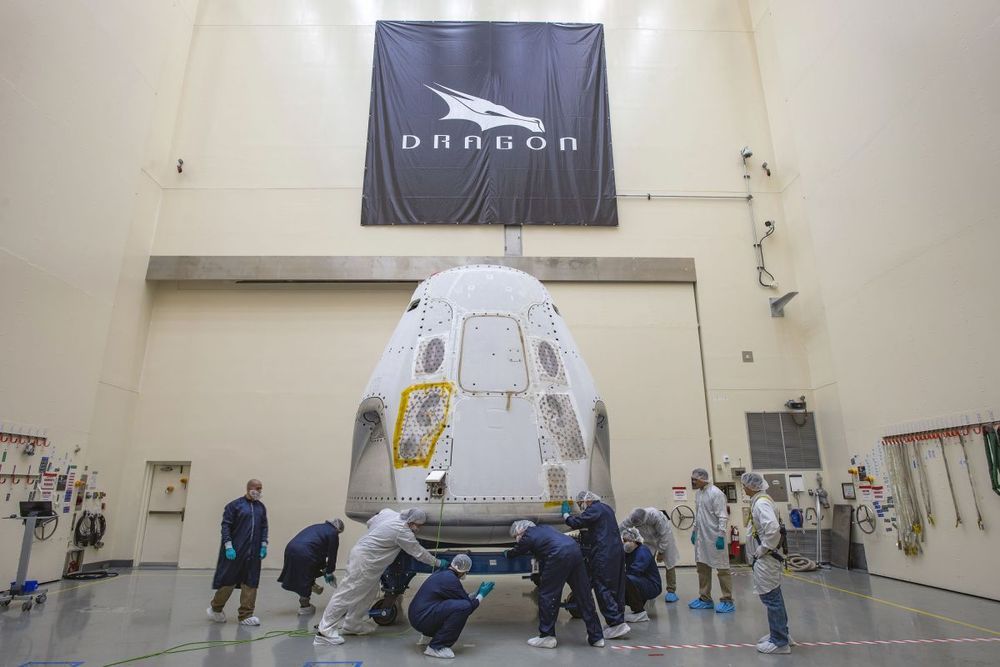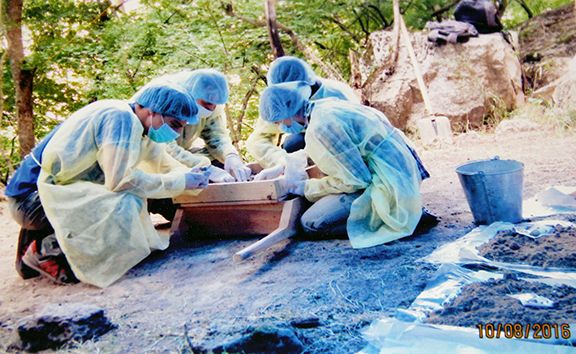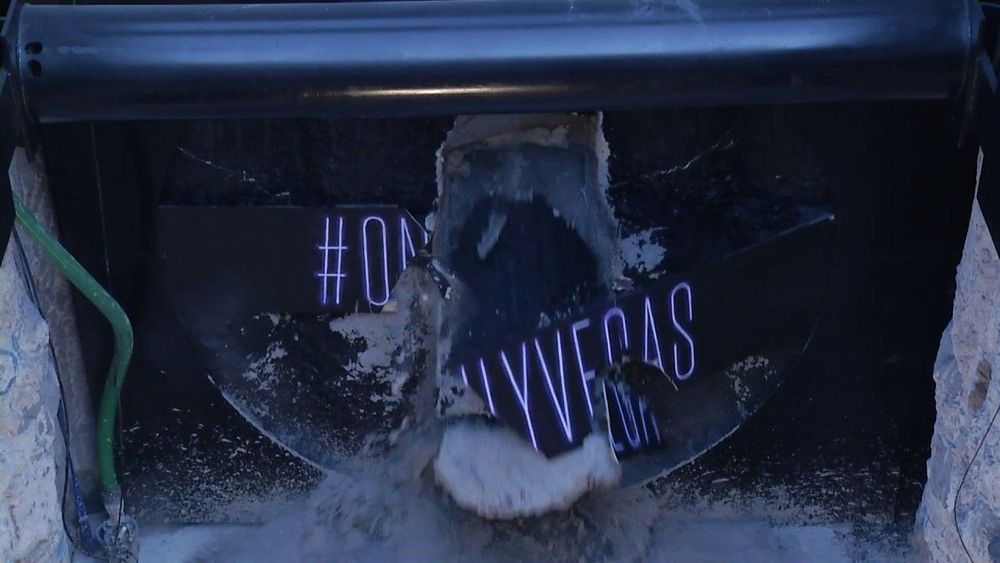Synthetic versions of the deadly virus could help test treatments. But what are the risks when viruses can be synthetized from scratch?
A research team led by professors from the University of Pittsburgh Department of Physics and Astronomy has announced the discovery of a new electronic state of matter.
Jeremy Levy, a distinguished professor of condensed matter physics, and Patrick Irvin, a research associate professor are coauthors of the paper “Pascal conductance series in ballistic one-dimensional LaAIO3/SrTiO3 channels.” The research focuses on measurements in one-dimensional conducting systems where electrons are found to travel without scattering in groups of two or more at a time, rather than individually.
The study was published in Science on Feb. 14. A video outlining the paper’s findings can be seen here: https://www.youtube.com/watch?v=kDjGiH8OnqU&feature=youtu.be
According to a new study from Oxford Economics, within the next 11 years there could be 14 million robots put to work in China alone.
Economists analyzed long-term trends around the uptake of automation in the workplace, noting that the number of robots in use worldwide increased threefold over the past two decades to 2.25 million.
While researchers predicted the rise of robots will bring about benefits in terms of productivity and economic growth, they also acknowledged the drawbacks that were expected to arise simultaneously.
A SpaceX Crew Dragon capsule arrived on Florida’s Space Coast on Thursday (Feb. 13), completing a cross-country trek from the company’s California headquarters.
AZOKH, Nagorno-Karabakh (People of Ar)—Scholars from Britain, US, Denmark and Armenia led by Professor Levon Yepiskoposyan have been examining prehistoric caves near the village of Azokh in Artsakh (Nagorno Karabakh) and found unique artifacts from different periods, among them a tooth from a human who lived 7000 years ago. Due to the cave’s climate DNA was preserved inside the tooth and was send to Copenhagen University’s genetics department (in Denmark) for examination. The results of this inquiry have revealed that the genetic makeup of the tooth belonging to an individual 7000 years ago perfectly matches with the genetic makeup of modern Armenians.
“This is the conclusion we’ve reached after numerous excavations carried out on the territory of Karabakh, where we examined more than a dozen caves, among them the cave of Azokh and Alexan Uzes,” Yepiskoposyan said.
SINGAPORE: Singapore reported five new cases of COVID-19 infection, the Ministry of Health (MOH) said in an update on Saturday (Feb 15).
Of these, three are linked to the cluster at Grace Assembly of God church; one is linked to the cluster at Seletar Aerospace Heights construction site and the other case is linked to a previous case.
Now more than ever, we need pioneering solutions and technologies that can change the world. We’re looking for innovators, grassroots organisations, sustainable projects and ideas from every corner of the world.
Are you ready to make your mark? Submissions for the #ZayedSustainabilityPrize 2021 cycle are now open: http://bit.ly/zayedsustainabilityprize_2021
They’re here, they have gears, get used to it.
In a special Valentine’s Day New Rule, Bill explores the latest emerging sexual trend: people who don’t need people – and why it’s bad news for humanity.
Connect with Real Time Online:
Find Real Time on Facebook: https://www.facebook.com/Maher
Find Real Time on Twitter: https://twitter.com/RealTimers
Find Real Time with Bill Maher Official Site: http://itsh.bo/HttKcM.
Find Real Time with Bill Maher on HBO GO® http://itsh.bo/iioY87.
Find Real Time with Bill Maher on Connect: http://connect.hbo.com/real-time-bill-maher
Find Real Time on Instagram: http://instagram.com/realtimers
The Real Time blog: http://www.real-time-with-bill-maher-blog.com/
It’s HBO.
Connect with HBO Online
Tesla vehicles are now confirmed to be used in Elon Musk’s Boring Company Loop project to create an electric people mover at Las Vegas’ massive convention center.
You can watch them break through the first tunnel in real time.
Last year, we reported on the Boring Company announcing a new proposed “Loop” system of tunnels for approval in Las Vegas.









